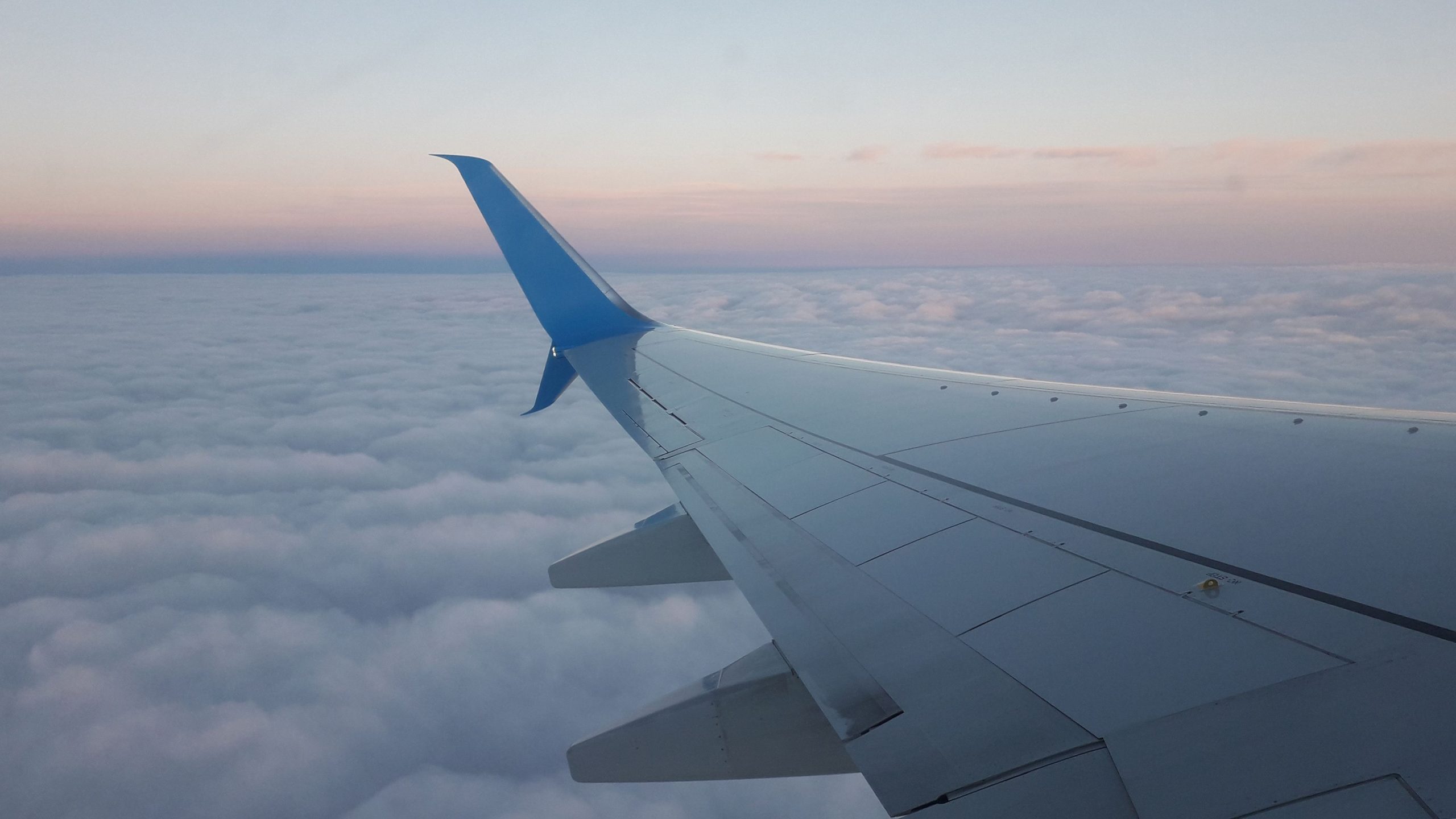Many people trust airplanes every day, but not everyone knows how they work. I didn’t notice winglets when I was younger, but I saw them on planes during a recent trip. Winglets are the vertical tips at the end of a plane’s wing, and they do some important things.
Winglets help planes fly better by reducing the drag or resistance in the air. They do this by stopping swirling wind, called vortices, from forming at the wing’s edge. These vortices happen because of different pressures under and over the wing. Winglets keep the high-pressure air from under the wing from mixing with the low-pressure air above the wing, which helps reduce drag. According to CNN,
A long time ago, in 1897, a British scientist named Frederick W. Lancaster came up with the idea of adding vertical surfaces at the end of wings to stop air from swirling around. This was kind of like Winglets, but not as effective. Then, in the 1970s, a NASA engineer named Richard Whitcomb had the idea of making winglets based on how birds use their wings. He tested this idea and found that winglets could reduce drag by about 5%.

Meanwhile, other researchers were also looking into winglets, and in 1977, a company called LearJet was the first to put winglets on a real plane. NASA also tested winglets on a military plane, and after many flights, they confirmed that winglets worked well.
Now, you can see winglets on many small and medium-sized planes around the world. But bigger planes use something called raked wingtips, which sweep backward more. These also help reduce drag and make planes more stable in the air, especially in turbulence.
These improvements in aviation have saved a lot of fuel and reduced carbon emissions from flying. Winglets might seem small, but they make a big difference. So, next time you fly, you can share this interesting fact with your fellow passengers.

